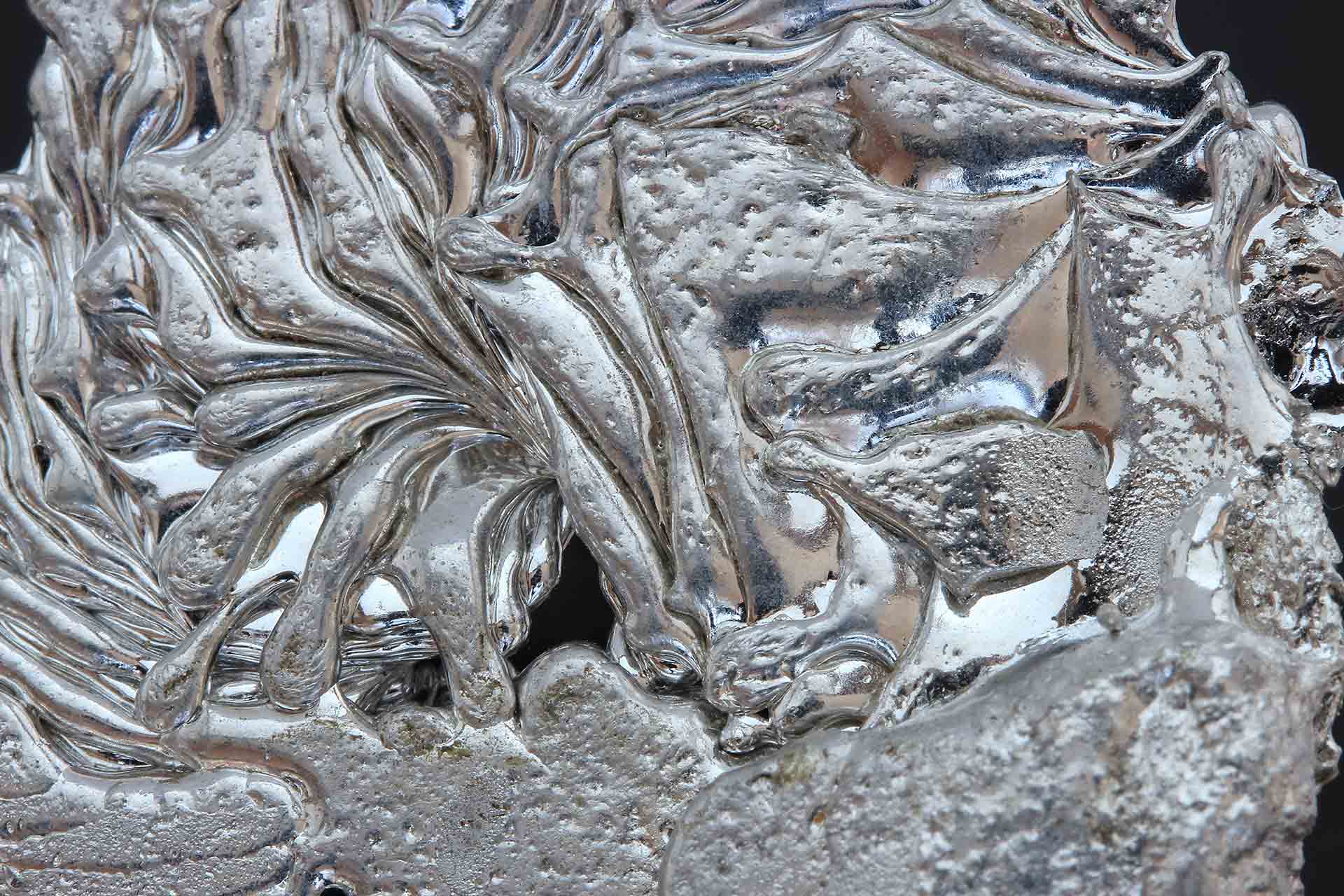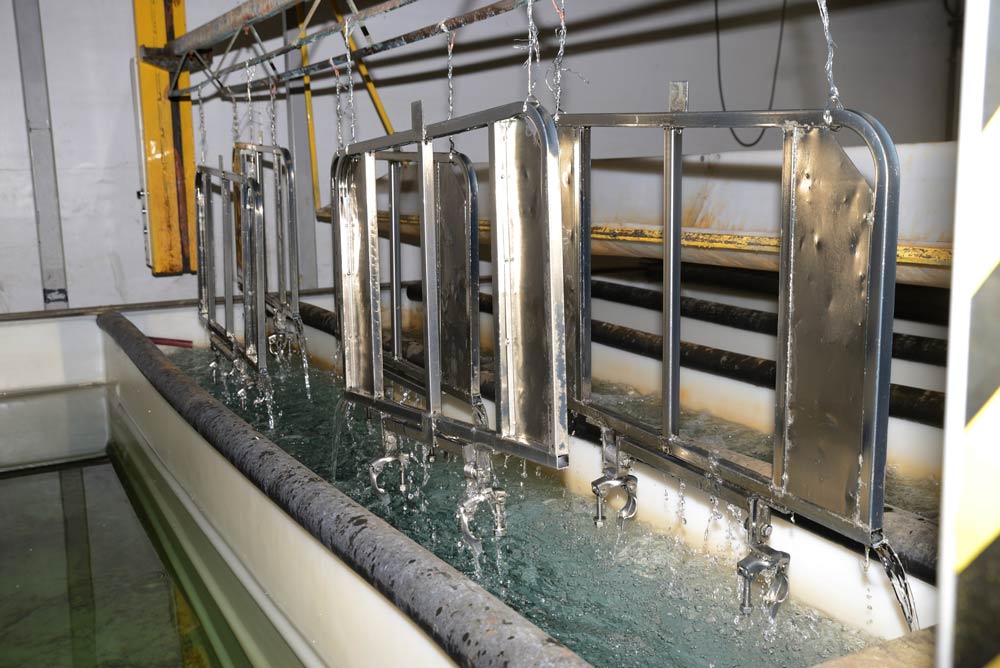
Antimony: Properties and Uses as an Alloy Additive
Although antimony is a distinct element, it must be extracted from mineral compounds, as it rarely appears on its own in nature. The metallic element has desirable chemical properties, making it a key additive material across several alloy families. Overall, antimony enhances the performance of metals by contributing to their hardness, durability, and resistance to…



